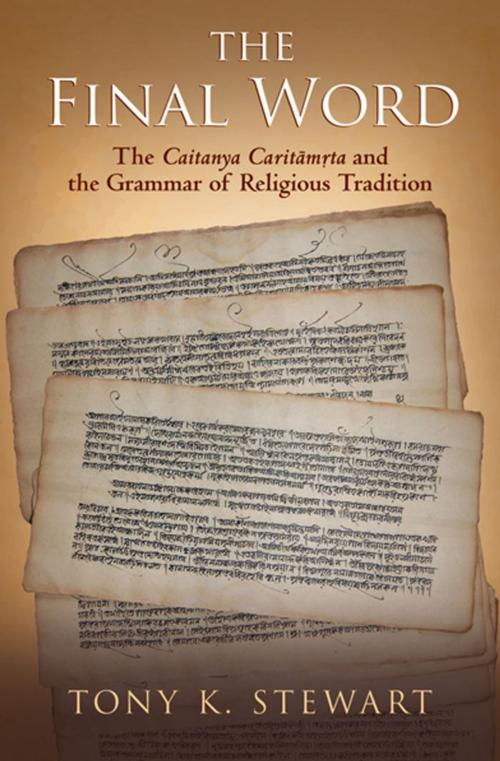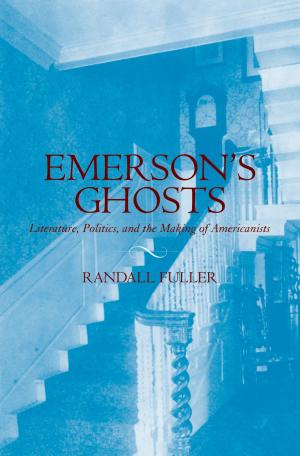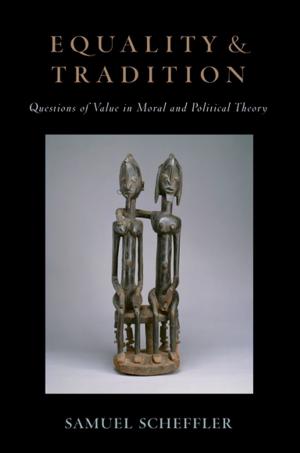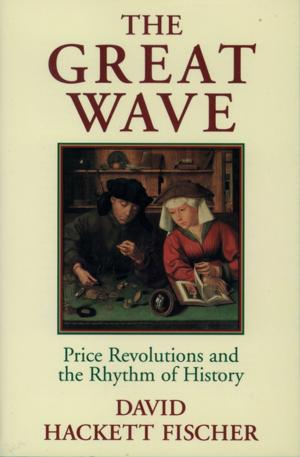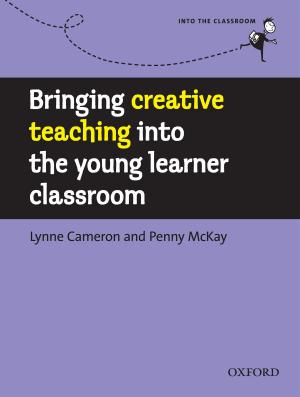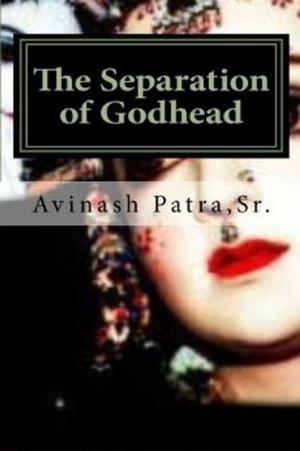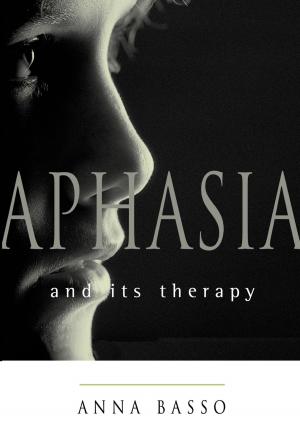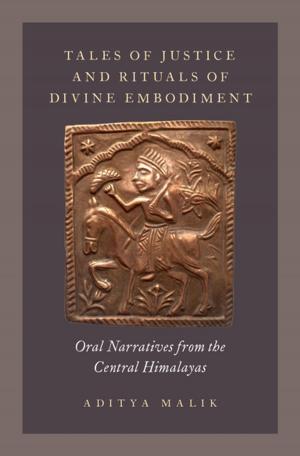The Final Word
The Caitanya Caritamrita and the Grammar of Religious Tradition
Nonfiction, Religion & Spirituality, Eastern Religions, Hinduism| Author: | Tony K Stewart | ISBN: | 9780199889372 |
| Publisher: | Oxford University Press | Publication: | April 21, 2010 |
| Imprint: | Oxford University Press | Language: | English |
| Author: | Tony K Stewart |
| ISBN: | 9780199889372 |
| Publisher: | Oxford University Press |
| Publication: | April 21, 2010 |
| Imprint: | Oxford University Press |
| Language: | English |
The Gaudiya Vaisnava movement is one of the most vibrant religious groups in all of South Asia. Unlike most devotional communities that flourished in 15th-, 16th-, and 17th-century Bengal, however, the group had no formal founder. Today its devotees are uniform in their devotion to the historical figure of Krishna Caitanya (1486-1533), whom they believe to be not just Krishna incarnate, but Radha and Krishna fused into a single androgynous form. But Caitanya neither founded the community that coalesced around him nor named a successor. Tony Stewart seeks to discover how, with no central leadership, no institutional authority, and no geographic center, a religious community nevertheless comes to successfully define itself, fix its canon and flourish. He finds the answer in the brilliant hagiographical exercise in Sanskrit and Bengali titled the Caitanya Caritamrita (CC) of Krishnadasa Kaviraja.
The Gaudiya Vaisnava movement is one of the most vibrant religious groups in all of South Asia. Unlike most devotional communities that flourished in 15th-, 16th-, and 17th-century Bengal, however, the group had no formal founder. Today its devotees are uniform in their devotion to the historical figure of Krishna Caitanya (1486-1533), whom they believe to be not just Krishna incarnate, but Radha and Krishna fused into a single androgynous form. But Caitanya neither founded the community that coalesced around him nor named a successor. Tony Stewart seeks to discover how, with no central leadership, no institutional authority, and no geographic center, a religious community nevertheless comes to successfully define itself, fix its canon and flourish. He finds the answer in the brilliant hagiographical exercise in Sanskrit and Bengali titled the Caitanya Caritamrita (CC) of Krishnadasa Kaviraja.
